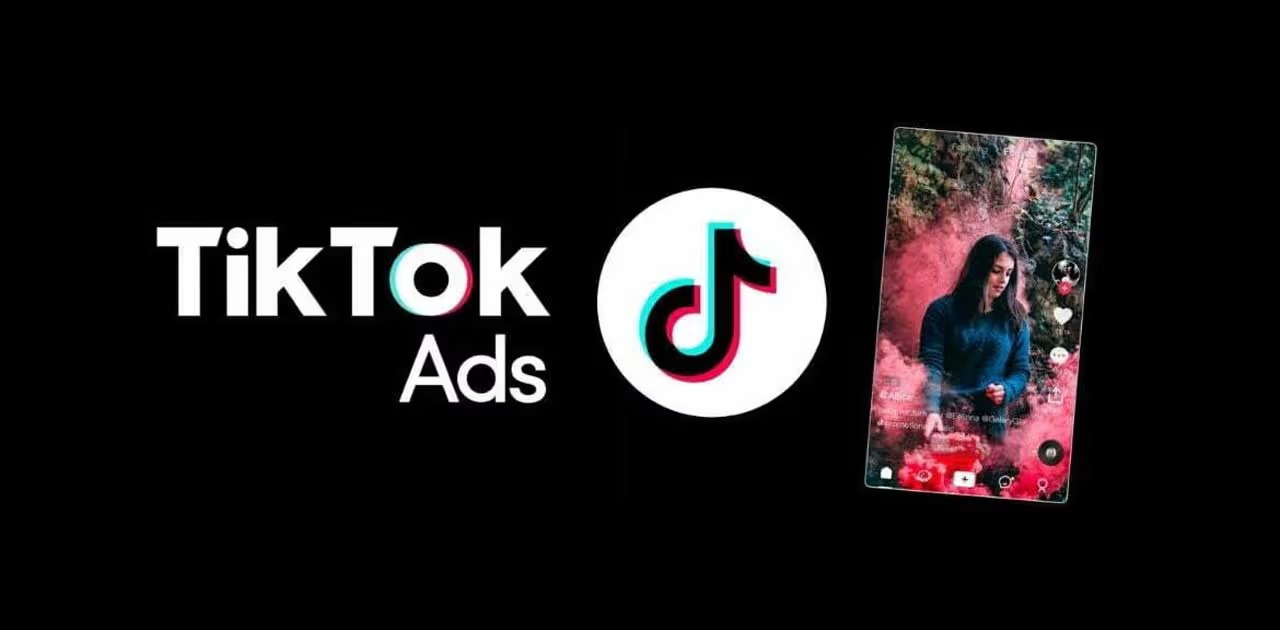Table of Contents
It's no longer a secret that videos are a part of online marketing. Nowadays, videos are one of the most sought-after pieces of content, as most people prefer watching videos overreading articles because they are more visually appealing.
Videos also have a higher audience engagement rate than articles, but unfortunately, many people still don't use videos as part of their SEO strategy. This is probably because there is not much discussion about video SEO.
Video SEO itself is more technical than SEO for articles or other content. However, if you can optimize the SEO of your video uploads, videos can be a powerful type of content to increase brand awareness for your brand or traffic on your website. Check out the following review.
What is SEO?
SEO (Search Engine Optimization) is a way to optimize a website to enter the top rankings in search results, especially in organic research. The organic search is done by the user or when entering search keywords (keywords) on the browser and Googlesearch engine.
SEO is very focused on organic keyword searches and is different from SEM (Search Engine Marketing),which focuses on advertising media provided by Google. So, if you create a website, it would be better to optimize it with SEO rather than using SEM because you need funds or capital to promote ads on Google.
The Benefits of Video SEO
Increase Click-Through Rates (CTR)

SERP (Search Engine Result Page) is the page users see after searching on search engines. As you can see in the examples below, SERP lists with videos and associated thumbnails are much more engaging than text-based lists, and there is data to prove they are more effective too.
SERP results with video links can drive up to a 157% increase in traffic, and landing pages with videos are 53% more likely to appear in the SERPs. This means that by having videos on your website, you can make it more likely for a large number of users to be seen in their search engine results and more likely to click through and watch the videos.
Expanded Reach and Social Sharing
In the age of social media, videos have become highly shareable content. When videos are properly optimized for SEO, they have a higher chance of being discovered and shared by users across various platforms. This social sharing not only increases the reach and exposure of the video content but also boosts brand visibility and generates valuable backlinks to the website. A well-optimized video has the potential to go viral, resulting in a significant influx of traffic and brand recognition.
Video SEO Reinforces Keyword Strategies
You probably have an established keyword strategy for your website, and videos can easily complement this approach. If you host your video on a website or alternative platform, you can include the transcript of your video under the video or in the description. That then gives Google an additional body text to index, effectively increasing the likelihood that your content will appear in users' SERPs and in turn boost your organic traffic.
7 Ways to Boost Website Rank with Video SEO
1. Use YouTube as Search Engine
Well, let's start with YouTube. YouTube is the world's most popular video platform (and second largest general search engine), with over 5 billion videos watched every day. This means that many people are looking for videos that may be relevant to your business or industry, such as accounting videos, real estate videos, or even some specific industries. Whether you are a B2B or B2C company, there are many jobs you may be missing. Think about how many potential customers you can reach with a well-produced and well-marketed video. On YouTube, you can write whatever you want as your video description. That means you can link to your website, link to your blog post, encourage your audience to download your white paper, or whatever you want. All of these backlinks to your website help improve your search rankings. Make sure the title is memorable and informative. Including your company or industry name in the title is another way potential customers will find you. So ask yourself. If you really want to rank high on Google, why not rank on YouTube?
Speaking of Google, do you know who owns YouTube? Exactly! The world's largest search engine also happens to be he's second largest search engine. This means that Google prefers to promote YouTube videos and websites using YouTube links. Whynot promote your product, especially if you have ads? Sites that display YouTube video links tend to rank higher than those that do not.
2. Determine the Right Keywords for Your Video
The first step is similar to SEO tips for blogs: research and determines keywords. Keywords are also an essential part of video SEO. Keyword research can help you find out what keywords are popular and searched for to help you determine the concept or theme of your video. You can also estimate how much traffic you will get.
However, keyword research for videos is different from keyword research for blog posts. There are two reasons why this is different. First, most people find your videos from recommended videos if you're using YouTube. Not many people will find your video by searching the title of your video themselves. The second reason is that Google and YouTube work differently. What is searched for on Google usually differs from what is searched for on YouTube.
Therefore, you need to be careful in using keywords when uploading videos to the internet. Use the YouTube Suggest feature to find keyword suggestions or inspiration. Similar to Google Suggest, you only need to type one keyword you want to use in the YouTube search field. The suggestions that appear are keywords that people often search for on YouTube.
In addition, you can also use TubeBuddy Tags to improve video SEO. This is an extension for Google Chrome. This extension aims to see the tags used by other people. From TubeBuddy, you can see which tags are often used and which tags make the video on the first page of YouTube Search.
3. Produce the Right Content

Sounds easy right? Remember it's not as simple as just "have video though". One of the most important things that Google also considers is how visitors stay on your website. This means that nothing will stick around if your video is really bad and poorly thought out. Your video content still has to be good if you want people to stick around and watch it and increase the length of those sessions. If you've made videos before, looking at the analytics and seeing when viewers tend to drop out is always a good idea. This will help you find the optimal length for your video content and keep viewers engaged long enough to get all the necessary information.
Everyone wants to make good videos, of course. One of the other major advantages of having a catchy and eye-catching promotional video for your website is that people are much more likely to share it. Remember the backlink mentioned earlier? Thousands of people sharing your video link and mentioning your site in their descriptions will greatly increase their interest in your site. Remember that social videos are shared about1200% more than text and images combined. Think about that range.
Also Read: Digital Content Production: What is it and how to get into it.
4. Use Transcripts and Closed Captions
Includingvideo transcripts and closed captions not only improves accessibility but also enhances video SEO. Transcripts provide text versions of your video's content, allowing search engines to index it more effectively. There are various tools available to generate accurate transcripts and captions automatically.
Apart from that, transcripts make videos more accessible to people with disabilities who cannot watch or understand audio-only content. Plus, with the transcript available, viewers can skim the topics discussed in the video and quickly grasp key points without watching the whole thing. This will make your videos easier and faster to watch overall, give you more visibility in SERPs, and increase viewer engagement as well.
5. Take Advantage from Paid Video Ads

TikTok, Facebook and Instagram are excellent platforms for paid promotion due to high user engagement and attractive visuals. With Google's SEO algorithm constantly changing, relying solely on SEO video marketing becomes difficult. Paid ads help ensure that your content is seen by the right people who will be interested in your product or service. It also provides a better ROI than relying solely on organic promotions because paid ads allow for a more targeted audience.
Additionally, with platforms like YouTube, you can get more in-depth analytics, such as who viewed your video, where it came from, how much time they spent watching it, and more. This helps gather valuable insight into what types of videos work best for different audiences, allowing businesses to focus their efforts and resources on the most effective marketing strategies. Overall, paid video advertising is a powerful tool that should be incorporated into any company's marketing strategy to reach the right audience and maximize return on investment.
6. Use Schema Markup
Using Video Schema Markup can go a long way in explaining your video to search engines. Content such as your video title, description, upload date, and even your thumbnail URL all play an important factor in your SEO results. Using schema can help Google to understand your website and the content therein.
Don't forget to use schema markup, keep in mind without including schema markup. The more schema markup there is, the easier it will be for search engines to find your content. The following are some SEO video markup schemes that you can use for your content:
- Name: Use a catchy title for your video and include the best potential keywords
- Description: Provide a short description of your video with a maximum of 160 characters
- Thumbnail URL: Use an attractive thumbnail and link the URL to catch the attention of your target audience.
- Upload Date: This is a property Google requires for your video to appear in search results.
- Transcript: Since you don't get much space to describe your video in detail in the description, include a transcript to provide more information - and more keywords. This is very important because it helps Google fully understand what your video is about and "sees" your video content.
These properties contain the essential and most important properties from an SEO perspective, but video markup can contain many other properties such as expiration date. See their dedicated video guide here for a detailed overview of Google-scanned markup and how to use it.
Tactically, you have several options if you want to improve your video markup to improve SEO. If you have a development team with HTML knowledge, they should be able to handle this request. However, there are also tools available for free. Sistrix is a schema generator. If the video you want to markup is already hosted on YouTube or Vimeo, just copy the link to the video, paste it into Sistrix and voila! The tool will spit out the markup for you.
7. Monitor and Analyze Performance
Regularly monitoring and analyzing the performance of your video content is crucial for continuous improvement. Use analytics tools to track metrics such as views, engagement, watch time, and conversion rates. Identify trends, understand viewer behavior, and refine your video SEO strategies accordingly. This data-driven approach will help you optimize your videos for better results overtime.






